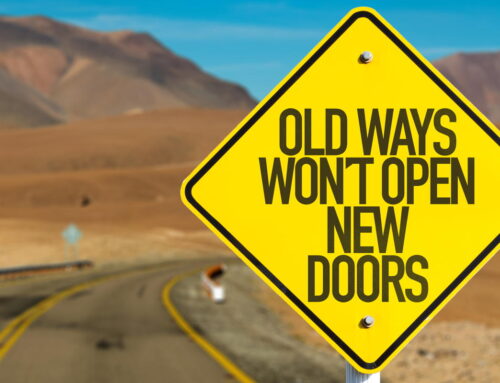Language evolves and moves on. It is an organic thing. It’s not stuck in an ivory tower, hung with expensive works of art. E.L. James
Words matter. It’s an obvious statement, but it’s something I’ve been thinking about recently. I have a colleague who has been researching milestones for each generation: key cultural and political moments that influence how they think and act. The Great Depression and world conflicts influenced the Greatest Generation. For Gen Z, the Great Recession had a real impact, but 9/11 is a historical fact and probably not well understood. These types of touch points for each generation matter. As shared experiences, they create a way to understand ourselves and our world. They also help us identify with one another.
Speaking the Same Language
The Beloit Mindset List was created in 1998 by the Director of Public Affairs and a professor of English at Beloit College. It was their way of helping fellow faculty members understand the world view of the incoming freshmen. They knew examples and cultural references were likely to be helpful when the students could relate because of a shared experience. Slowly, word about the yearly list got around and everyone from other colleges to international publications began to use it.
For college faculty, it’s one thing to know that your students look younger every year. It’s another to learn the freshmen of 2017 think gaga is not baby talk. Spray paint has never been legally sold in Chicago. Star Trek has always had a female captain. And they’ve never attended a concert in a smoke-filled arena.
College faculty aren’t the only ones who must confront shifting references when communicating with an audience. Everyone in your senior living community must also navigate generational differences. Why? Because we don’t all speak the same language, even when everyone speaks English.
A different language is a different vision of life. Federico Fellini
Many Audiences = Many Generations
Each member of a senior living community speaks to many audiences. Compounding the challenges of effective communication is the fact that your audiences reflect multiple generations. For the marketing team, your primary audience is an older generation, likely the Greatest Generation and early Baby Boomers (who hit 75 this year). You’re speaking to residents and prospective residents and to the adult children of both groups. Those adult children may be Boomers or they may be Gen X. Other audiences include employees, who might be Gen X, Millennials, or Gen Zers.
So whether you’re hiring, fielding inquiries, or hosting an event for prospective residents, your message must resonate with each generation. No matter which audience you’re addressing, you cannot use the same message, the same examples, the same cultural references for every group. It’s a safe bet at least two of the generations will respond with an eye roll instead of grasping your point.
Hepcats and G.O.A.T.s
How you frame your message matters. Nuances and context matter. More importantly, authenticity matters. Language is constantly evolving as every parent of a teen knows full well. What’s dope today may be cheugy tomorrow. I’ve learned that if you can’t naturally integrate generational language or references, it’s best to choose another way to customize your message to your audience.
If you talk to a man in a language he understands, that goes to his head. If you talk to him in his language, that goes to his heart.
Nelson Mandela
The Sabal Group team understands each one of your audiences. We know what makes each generation unique and the vocabulary they use to communicate their shared experiences. We can craft customized messaging that resonates with your audiences, no matter their generation. If you’d like to deliver more effective direct mail or email campaigns, I hope you’ll reach out to me.






